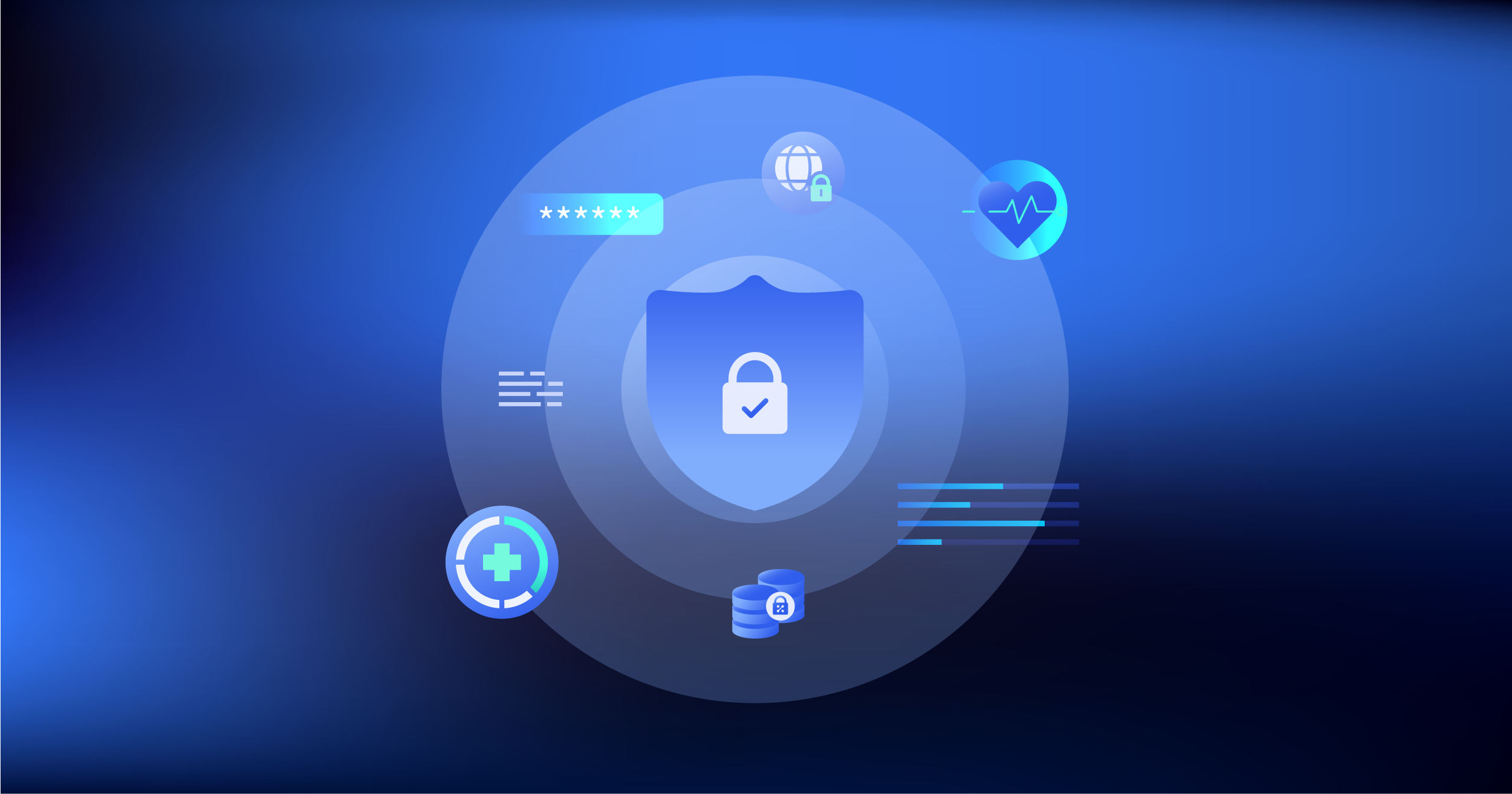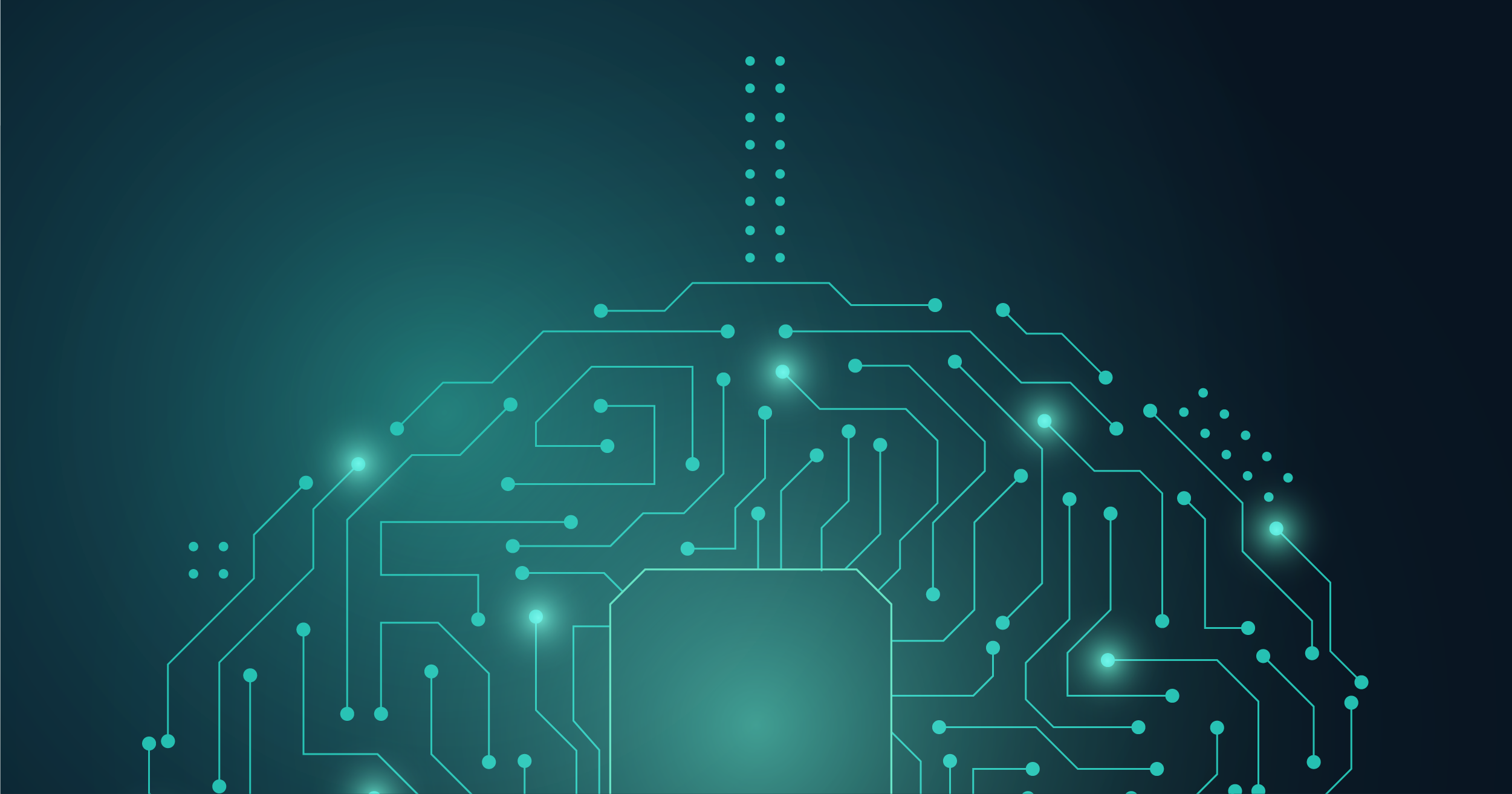AI transformation 101: Security risks of AI in life sciences


Table of contents
Subscribe via Email
Subscribe to our blog to get insights sent directly to your inbox.
Welcome to AI Transformation 101, where we cover the latest industry trends and showcase best practices for your organization to turn bold, innovative ideas into action. This blog explores everything you need to know about the potential security risks of AI in life sciences and the steps you can take to mitigate them.
AI is shaking things up in the life sciences industry—helping companies innovate faster, streamline operations, and make smarter decisions. From revolutionizing drug discovery to improving medical imaging and diagnostics, AI is streamlining research and unlocking new possibilities at an unprecedented pace.
So, it’s no shocker that the AI market in life sciences is on a meteoric rise. In fact, according to Precedence Research, AI in the life sciences sector is projected to grow at a compound annual growth rate (CAGR) of 11% over the next decade. In plain numbers? The market could triple in value, skyrocketing from $2 billion in 2023 to $6.28 billion by 2034.
But like any exciting new technology—from smartphones to social media—it’s not all upside. AI is certainly revolutionizing the field, and it's bringing privacy, legal, and ethical dilemmas along the way.
But there’s another elephant in the room: security. And while we may not need to worry about HAL-9000 just yet (though we’re still keeping an eye on spaceship airlocks), real-world AI isn’t always looking out for your best interests either.
For life sciences executives, AI security isn’t just an IT problem—it’s a business-critical issue that can impact the entire organization. The hard truth? As AI gets smarter, so do cybercriminals. And like Sith Lords in the Star Wars universe, they’re not exactly using their incredible powers for good.
So, what are the biggest security risks AI brings to life sciences? Let’s dig in—before the hackers do.
How the life sciences industry faces AI security risks
Cybercriminals never take time off—especially when it comes to AI-powered industries. According to an IBM report, the average cost of a cyber breach for pharma companies is $5 million. This makes life sciences organizations among the most at-risk industries, second only to high-tech.
With that much on the line, life sciences organizations can’t afford to treat AI security as an afterthought. Conducting regular security audits is a crucial first step—helping organizations identify whether they’ve already been targeted, where their vulnerabilities lie, and how to close any gaps before bad actors exploit them.
So, what are the biggest AI-related security threats in life sciences? They come in many forms, but some of the most pressing risks include:
- Malware: As with traditional systems, AI-powered ones can also be targeted by malicious software designed to infiltrate and disrupt operations.
- Ransomware: Cybercriminals use AI to research targets, identify system vulnerabilities, or encrypt data, and AI has made it easier to modify ransomware files over time.
- Data breaches: AI handles vast amounts of sensitive research and patient data, making it a prime target for hackers.
- Privacy violations: Mishandled AI-driven data can lead to regulatory issues, legal trouble, and a loss of trust.
Unfortunately, these aren’t hypothetical risks—real-world attacks have already hit the industry hard. For life sciences companies implementing AI tech, the stakes are incredibly high.
As AI adoption grows, so does the need for robust security measures to keep pace. Let’s break down these risks further and explore what companies can do to stay protected.
Life sciences organizations can’t afford to treat AI security as an afterthought. Conducting regular security audits is a crucial first step—helping organizations identify whether they’ve already been targeted, where their vulnerabilities lie, and how to close any gaps before bad actors exploit them.
Malware
Malware—short for malicious software—is designed to damage, disrupt, or exfiltrate data and spy without permission. It comes in many nasty flavors, including:
- Worms: Self-replicating programs that spread like wildfire.
- Spyware: Secretly collects sensitive data without the user’s knowledge.
- Rootkits: Burrow deep into systems, making them notoriously hard to detect.
- Trojans: Disguised as legitimate software to trick users into installing them.
- Ransomware: Locks down critical data and demands a hefty ransom for its release.
Standard malware is bad enough, but cybercriminals are getting way more sophisticated. Enter polymorphic malware—a sneaky type of malware that constantly changes its code to evade detection.
And the risks don’t stop there. Malware can also expose serious data privacy vulnerabilities. If hackers manage to infiltrate AI-driven systems, they can steal sensitive research data, patient records, or proprietary company information. Beyond the immediate financial and legal fallout, a breach like this can bring critical operations to a screeching halt—something no life sciences organization can afford.
Bottom line? Security needs to evolve as fast as the threats it faces. Otherwise, cybercriminals will continue finding new ways to slip through the cracks.
Ransomware
Ransomware has become a real-life nightmare for the life sciences industry. This particular type of malware locks companies out of their own data—usually by encrypting critical files—until they pay up. Attackers then demand a ransom, often in cryptocurrency, in exchange for a decryption key.
The worst part? Many companies feel forced to pay, even if they’re unsure whether the hacker will actually restore access (or worse, they’ll be targeted again). It’s like negotiating with the least trusty blackmailers on the planet.
These attacks aren’t just hypothetical threats—they’ve already disrupted critical healthcare and research operations:
- OneBlood Breach (2023): OneBlood, a major U.S. blood donation center, suffered a ransomware attack that compromised its software system, limiting its ability to collect, test, and distribute blood.
- WannaCry (2017): This infamous ransomware attack infected 1,200 diagnostic devices and forced many more offline to stop the spread. The impact? Five hospitals in the UK had to shut down emergency departments, diverting patients elsewhere.
These examples show how, for life sciences organizations, ransomware isn’t merely a tech issue—it’s a significant business and public health risk. With AI playing a more prominent role in research, diagnostics, and patient data management, the industry clearly needs stronger defenses to prevent bad actors from holding critical systems hostage.
Data breaches
Data breaches are one of the biggest security risks AI poses to life sciences companies. With vast amounts of sensitive patient records, research data, and proprietary information at stake, a single breach can lead to financial losses, regulatory penalties, and long-term reputational damage.
Hackers constantly find new ways to bypass security systems, exploiting vulnerabilities in AI-driven platforms. That’s why organizations must stay proactive—conducting risk assessments, security audits, and thorough due diligence when choosing vendors to implement AI technologies.
Take Ceberal, a mental health telehealth provider that had to notify 3.18 million users after a data breach exposed sensitive patient information. But it wasn’t just hackers to blame—Cerebral was found to be using tracking pixels from major tech companies without patient consent, a serious HIPAA violation—yikes.
This incident underscored the hidden risks of AI-powered tracking technologies and why compliance in digital health services is non-negotiable.
Privacy violations
Privacy violations have long been a concern for life sciences organizations, but AI has taken the risk to a whole new level.
In the past, privacy breaches were often physical-like when unauthorized individuals accessed confidential medical records. Case in point: In 2008, 13 employees were fired, and six physicians were suspended after they were caught snooping through Britney Spears’ medical records without consent (now that’s some “Toxic” behavior).
But with AI-powered data collection and machine learning, privacy risks have evolved-and they’re much more challenging to detect. Many AI algorithms rely on personal information to improve functionality, which can generate valuable insights.
However, it also raises serious concerns about data protection. Without the proper safeguards, AI systems can easily overstep ethical and legal boundaries, putting both organizations and patients at risk.
One UK company, Easylife, was caught using AI-collected data to target individuals based on their purchasing habits. By analyzing what people bought, the company inferred potential health conditions and used that data to market products-without consent.
The result? A £1.48 million fine was issued by the UK’s Information Commissioner’s Office after it was revealed that 145,400 individuals were affected.
Organizations must take proactive steps to stay ahead of AI-driven privacy risks. These include strict compliance with data regulations, routine security audits, and transparent AI usage policies. With penalties for violations increasing, life sciences organizations can’t afford to take privacy lightly.
Organizations must take proactive steps to stay ahead of AI-driven privacy risks. These include strict compliance with data regulations, routine security audits, and transparent AI usage policies.
Creating an AI strategy roadmap to mitigate cybersecurity risks
AI is undoubtedly here to stay in the life sciences industry. From drug discovery to diagnostics, it’s transforming the way organizations operate. But as a wise philosopher once said, with great innovation comes great responsibility-and without the proper safeguards, AI can introduce serious security vulnerabilities.
That’s why having a solid AI strategy is critical. A well-designed plan doesn’t just unlock AI’s potential. It also protects your organization from cyber threats, regulatory pitfalls, and data privacy violations.

Modus Create is a digital product engineering partner for forward-thinking businesses. Our global teams work side-by-side with clients to design, build, and scale custom solutions that achieve real results and lasting change.
Related Posts
Discover more insights from our blog.


